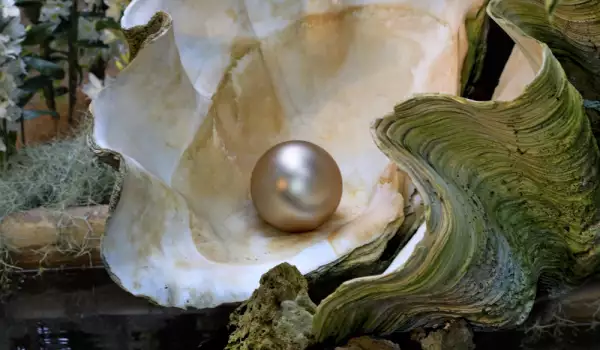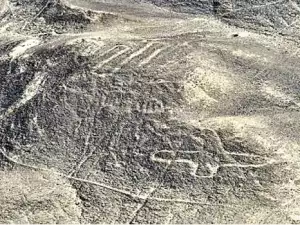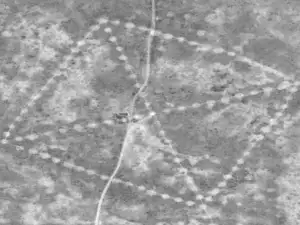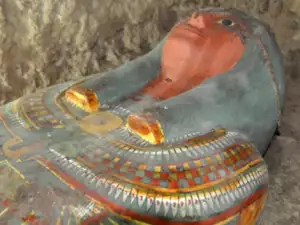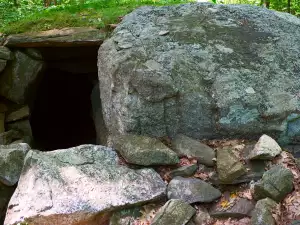During excavations of an ancient aboriginal village, Australian archaeologists found an extremely rare 2000-year-old natural pearl, reports AFP. The discovery is the 1st of its kind ever found in Australia.
Researchers found the naturally formed jewel in the remote and sparsely inhabited northern regions of Kimberley in the province of Western Australia. The expedition's mission was to study the development of aborigines societies in the Late Neolithic.
"Natural pearls are very rare in nature and we've never found a natural pearl on the continent before, " says Associate Professor Kat Szabo from the University of Wollongong, who is leading the team carrying out the digs, quoted by AFP.
The jewelry piece is oval-shaped and gleams in pink and gold. The diameter of the pearl is approximately 5 mm. The archaeologists found it in a pit for ritual offerings. Pearls have never played a significant part in the culture of the local Australian population.
But the oysters that form them were used in rain dance ceremonies. Such have been found by Australian archaeologists more than 932 miles into the continent.
The age of the pearl was verified using a special procedure. First, X-ray photos were taken of the formation, then compared side by side with cultured pearls. Their find not only gave the scientists a unique specimen but also let them estimate the age of the ancient aboriginal settlement.
This valuable exhibit will soon be available to the public in the Western Australian Museum in Perth, where it's planned for unveiling at the beginning of August.
Pearls have been well-known to humanity for more than 6 millennia. They are formed by molluscs, predominantly oysters. These small jewels are created when a grain of sand gets inside of the oyster.
It begins to irritate the mollusc and in order to stop the irritation, the oyster releases a substance called nacre. It engulfs the grain of sand and once it hardens it forms the actual pearl.
